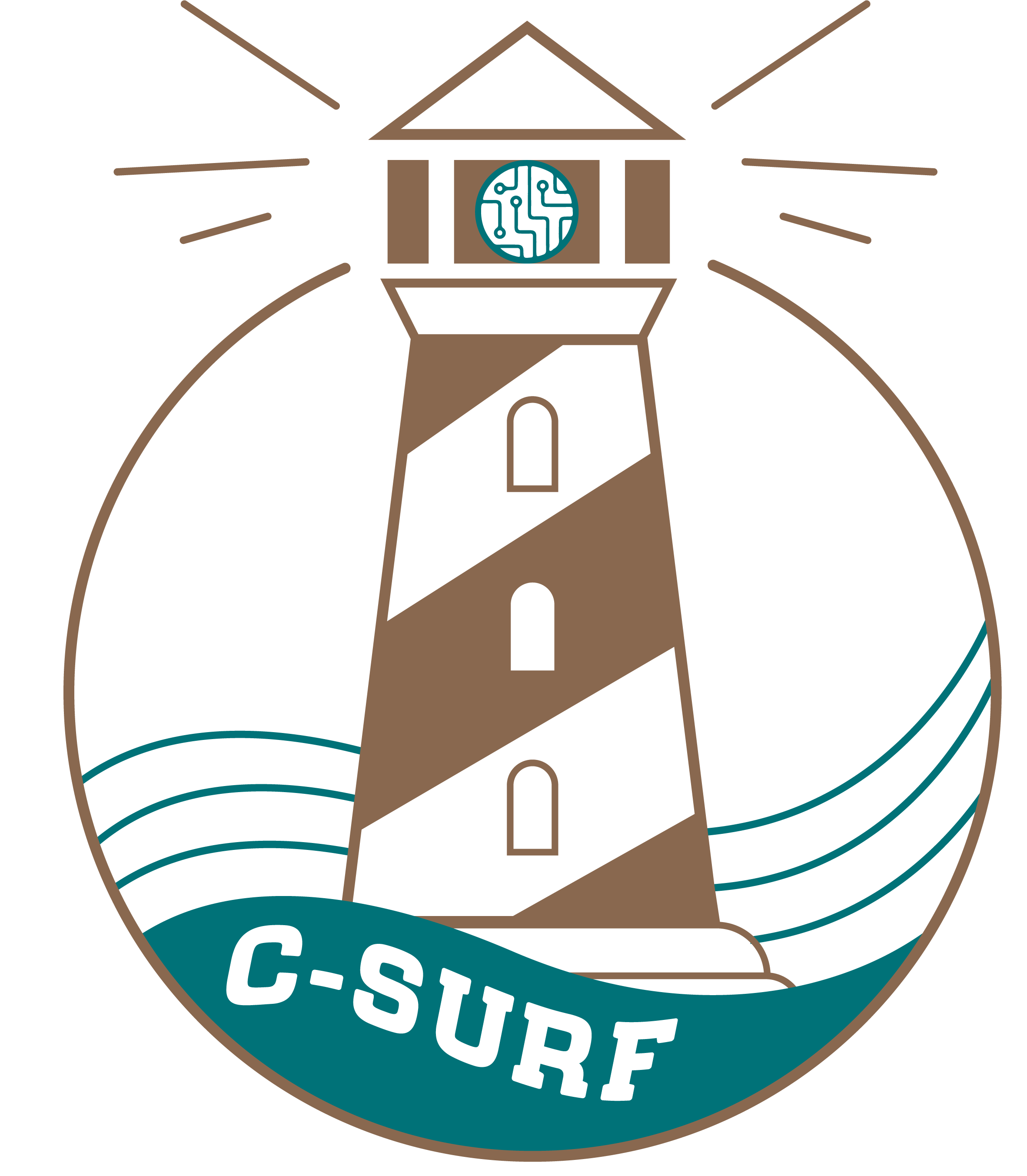 |
Title Planar Laser-Induced Fluorescence Measurements in Turbulent Flow at the Beach Zone
Abstract The dispersion phenomena occur when scalar (i.e., mass) is transported among fluids in motion. Scalar transport is coupled with the momentum transport and follows conservational laws of fluid flows. Such flows include nutrient exchange, contaminant spread and odor dispersion, all of which can exist in marine environments where interaction with a sediment boundary layer occurs. Here, we study mass exchange in the beach zone over rough seafloor. We model the transport phenomena in controlled environment using an open water flow channel where turbulent boundary layer is formed over a constructed seafloor “ripple,” where we characterize the flow field at the crest and downstream trough. We utilize Planar Laser-Induced Fluorescence, an experimental non-intrusive optical technique which relies on the principles of fluorescence and Particle Image Velocimetry to quantitatively examine mass transport utilizing a laser-illuminated imaging apparatus. Due to the coupling between mass transport and momentum transport, PLIF and PIV are related in their intent. With instantaneous flow measurements, classical velocity profiles across a boundary surface are obtained. Using statistical analysis across stacks of acquired consecutive scalar fields, we visualize and quantify the mean scalar distribution over the seabed in the vicinity of a ripple. We additionally quantify turbulence using root mean square measurements. Verification is produced of high turbulence in the trough of the ripple, a region known to promote interstitial processes that may impact the dispersion of a foreign fluid. Future analysis of the data presented with superimposed velocity fields will yield more comprehensive results concerning the mechanisms of sea-floor exchange and interstitial behavior.
Faculty Advisor: Roi Gurka, Physics and Engineering Science
Graduate Student Mentor: Matt Rodriguez, Coastal and Marine Systems Science
|


